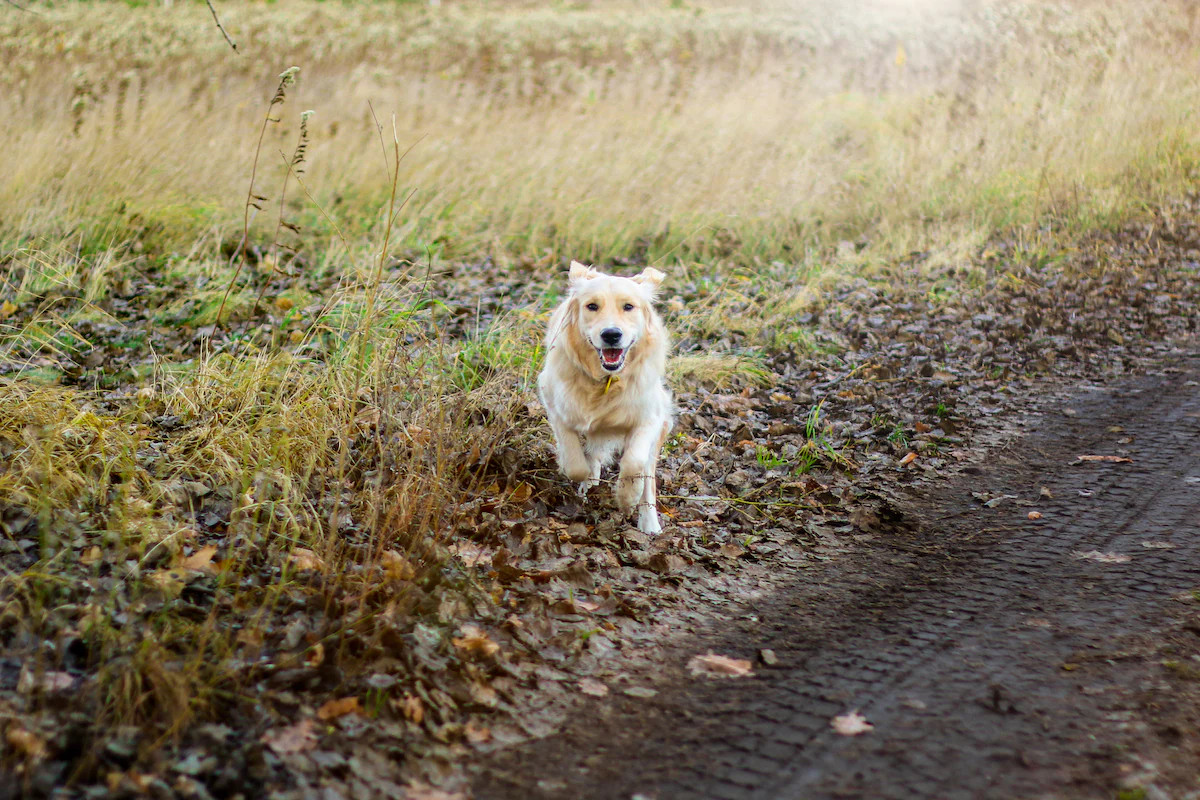
Top 10 facts about cats
It’s a well-known fact that as cat owners, we need little encouragement to celebrate our feline pets. In honour of National Pet Month in June, James Wellbeloved has rounded up the top ten most fascinating cat facts, some of which might surprise you. ANCIENT ALLIES Archaeological excavation in Cyprus suggests that humans have kept domesticated […]

Can dogs eat avocados & why should they be avoided?
In the human world, avocados are considered a delicious superfood, rich in nutritious goodness. You’ll find them in salads, on toast and even mashed into a delicious dip to enjoy with crisps, vegetables and whatever takes your fancy. So does that mean dogs can relish a tasty avocado snack too? Unfortunately not! Avocados contain a […]

Puppy Growth Chart: When Do Dogs Stop Growing
Puppies grow up so quickly – a little too quickly, some of us may say! One minute they’re an adorable ball of fluff and the next they’re a full-size canine. But when do dogs stop growing and what kind of growth milestones should you expect a puppy to reach in their journey to becoming a […]

The benefits of office dogs
The workplace can often be fast-paced and intense, with significant numbers admitting that they often feel tense and stressed while at work. For this reason, many office spaces have relaxed the rules when it comes to taking our furry four-legged friends to work, to de-stress employees and make the workspace feel friendlier. Plenty of companies […]